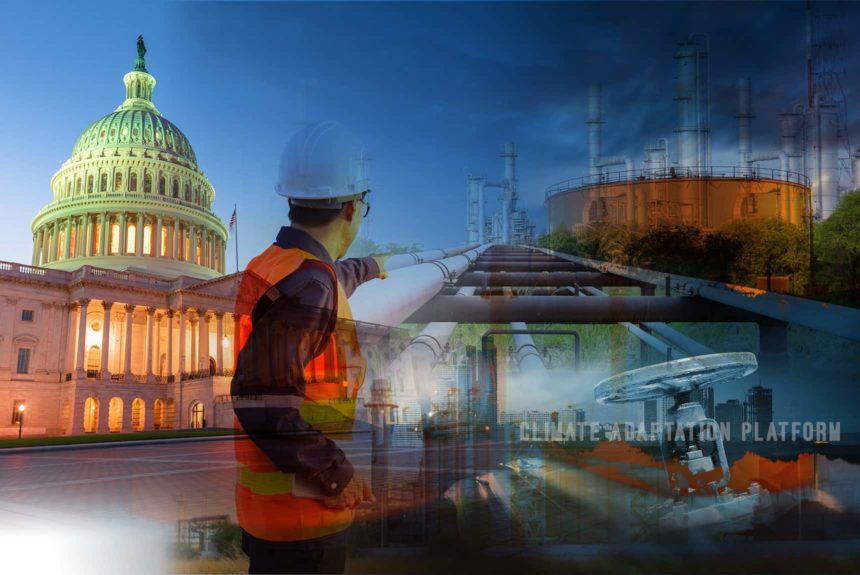As developed countries start to peak in their emissions, they are also phasing out coal in favour of natural gas, which is less polluting. This creates a strong demand for natural gas in the market.
The Economist reports that Europe and Asia are facing energy shortages, causing natural gas prices to soar by around 40 per cent. Factories from aluminium smelters in Mexico to fertilizer plants in Britain are slowing down their production, freaking out the markets. Even in the United States, the largest producer of natural gas, lobbyists call on their government to limit liquefied natural gas (LNG) exports.
What is causing this energy fallout? According to the article, fires at the natural gas plants in Russia, outages due to covid-delayed maintenance, and increases in energy demands as the global economy returns to pre-pandemic activities have affected the supply chains and led to the energy shortage.
CNBC reports other factors that contributed to the energy shortage and skyrocketing LNG prices: Europe’s long winter, which means that inventory levels will be lower than average heading into fall; slow wind speeds and dry conditions, which have decreased wind energy output; and high carbon offset prices, which have led the continent to move away from coal and towards natural gas, drove up demands.
If anything, the energy fallout also revealed that the world is ill-prepared to transition to clean energy. Equally concerning is the timing of the energy crisis, which will coincide with COP26.
As countries gather for COP26 and upgrade their NDCs, the current energy setback can discourage large emitters like China and India from making solid commitments to reduce their coal consumption.
Even the United States, which has an abundance of shale gas, has seen natural gas prices more than double. However, the CNBC report is reassuring. It says the US is better positioned than Europe, the UK, and Asia because it is the world’s largest gas producer and has a less depleted inventory than Europe.
The difference between Europe and the US is that Europe’s gas production has declined in the last two decades, forcing it to depend on Russia for supplies. Asia will also feel the pressure, especially China, which plans to shift away from coal dependence.
The demand for natural gas will also depend on how cold this winter is. Robert Thummel, managing director at Tortoise Ecofin, notes that the shortage does not stem from a lack of supply but rather a lack of infrastructure, especially for liquified natural gas in the US, Europe, and, most importantly, Asia.
But he believes the US is still in a better position than Europe heading into the winter. Thummel says that a typical winter could see prices slightly elevated, a warmer winter could see prices retreat, and a cold one would spike prices into double digits.
For governments to deal with the problem, an accurate diagnosis of what has gone wrong is required. The Economist article says,
“Governments have not taken sufficient account of the importance of renewable energy. The world has too little nuclear power — a low-carbon energy source that is always on. Interventions and subsidies for gas will only make things worse. Expensive energy makes voters angry and hurts the poor. But subsidising energy in a squeeze, as Italy does, or limiting prices, as Britain does, will exacerbate shortages and make politicians’ commitment to the green look empty. Governments should use the welfare system to support household incomes if necessary, while helping energy markets function efficiently.”
“The long-term challenge is to even out volatility while continuing the shift to renewable energy. Finally, cheap battery storage can solve the intermittency problem; now, more gas storage would also help. Meanwhile, adjustments to the market can improve things.”
The challenge is for governments to manage the transition thoughtfully because, without reliable energy alternatives and volatile power prices, it could lead to a rise in inflation and a reduction in living standards, making high-emitting countries justify coal dependence and threaten goals towards a stable climate.
Sources:
Natural-gas shortages threaten governments’ green goals. (2021, September 25). The Economist. Retrieved from https://www.economist.com/leaders/2021/09/25/natural-gas-shortages-threaten-governments-green-goals
Stevens, P. (2021, October 8). Natural gas prices are skyrocketing around the world. Here’s why the U.S. may not suffer as much. CNBC. Retrieved from https://www.cnbc.com/2021/10/08/natural-gas-prices-are-skyrocketing-globally-what-it-means-for-the-us.html



Leave a Reply